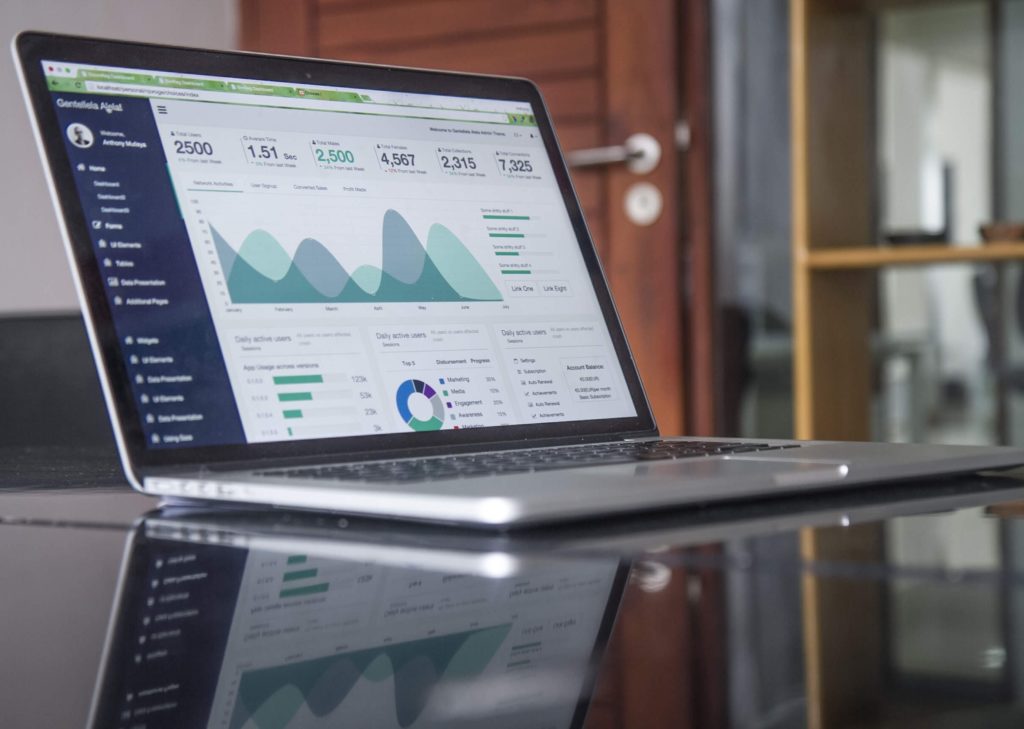The Importance of Data Hygiene in Sales Orgs

The amount of data in any B2B sales organization can be overwhelming. It’s tempting to keep piling on more automation, but tracking every possible metric may be doing more harm than good to your bottom line.
Pouyan Salehi is the Co-Founder and CEO of Scratchpad, a workspace for revenue teams that allows salespeople to work faster and more efficiently. He has dedicated the last decade to improving and automating Revenue Operations (RevOps), particularly for enterprise sales teams.
Pouyan joined the Predictable Revenue podcast to discuss the importance of data hygiene in B2B sales organizations.
A data-driven world
RevOps drives revenue growth by managing data automation across sales, marketing, and customer success. B2B sales is increasingly becoming a data-driven business, with more and more organizations relying on numbers to forecast their performance and drive decisions.
The problem is that few organizations understand how to use the data they collect. They’re tracking so many things at once that they end up with an overwhelming amount of data, and no reliable way to make sense of it.
That’s why Pouyan recommends tracking the bare minimum amount of data. Start by considering what you will use the data for and work backward from those decision points. Some data may be interesting to collect, but it won’t inform any decisions.
Deciding what data to track
If you’re building your data automation from scratch, it’s best to take a narrow focus. Don’t fall into the trap of tracking everything because you aren’t sure which numbers are most important.
The best data to track will depend on what stage the company is in, but in general, you should always start by identifying a key question you want to answer. For example, “Why are customers buying our product?” or “Where are we losing deals?”.
In particular, pay attention to questions that help you understand your successes and failures. Start by tracking one to three key metrics and remember you can always add more later.
Making the most of your data automation
With so many data requests coming from different functions of the organization, all of the burden falls on the rep to collect that data. Not only does this hurt the rep’s productivity, but it also means the data is less accurate.
The first step to correcting this problem is finding a better way to capture data. Consider who will be using the data and how often they need to access it, then work backward to come up with a better plan.
As you think about your data structure and strategy, don’t focus on having data captured, focus on the usage. Who is using the data and how often do they need to monitor it? Some types of data may require daily check-ins, for example, while others may only need to be looked at once a month to stay on track.

The problem of inaccurate data in B2B sales
When you practice good data hygiene, you’ll have a more accurate picture of what’s going on in your organization.
Pouyan shares the story of a Scratchpad client whose close rate actually went down when they started using the software. The client was happy, however, because they knew the previous close rate in Salesforce was inaccurate. Now they have a number they know they can rely on–which will help them form a more realistic strategy for growth.
To avoid inaccuracies, it’s best to take stock of the data you’re collecting and cut it down to the core essentials. It’s much better to track a few things accurately than to capture everything inaccurately.
Need help creating repeatable, scalable and predictable revenue with a world-class sales development team? We can help – book a free discovery call!
The important data missing in most B2B sales orgs
An overlooked area for data collection is the handoff to customer success. Most B2B sales teams are focused on the transition from SDR to AE, but there’s a missed opportunity in the handoff to customer success, especially for SaaS companies that rely on a subscription model.
Data collection at this stage can answer questions like why the customer chose your solution, and what they’re hoping to influence in their own business. Most AEs already know this information, but it’s not being captured and shared. The result is that customers end up on a repeat discovery call, being asked all of the same questions twice.
RevOps can help ensure this data is collected once and shared throughout the organization. When the customer success team has that information at their fingertips, it creates a smoother transition and a much better customer experience.
Data automation is here to stay
The modern B2B sales org relies on data automation, but few understand how to properly make use of the data they collect. By taking a less is more approach and tracking fewer metrics, you’ll be able to make more informed decisions, increase rep productivity, and provide a smoother customer experience.
If you want to connect with Pouyan to learn more about data hygiene, reach out via LinkedIn or visit Scratchpad.com.
NO TIME TO READ?
Listen On:
The tips in this book will help you navigate a better outbound process, one that focuses on human connection over quotas. Because ironically, focusing on your prospect instead of the sale will make you a more successful sales rep.


